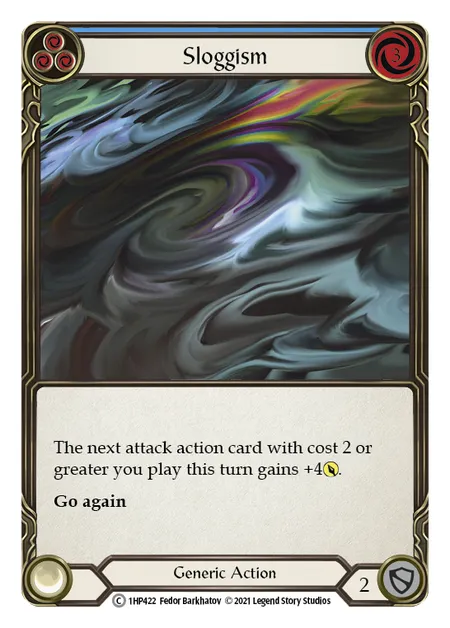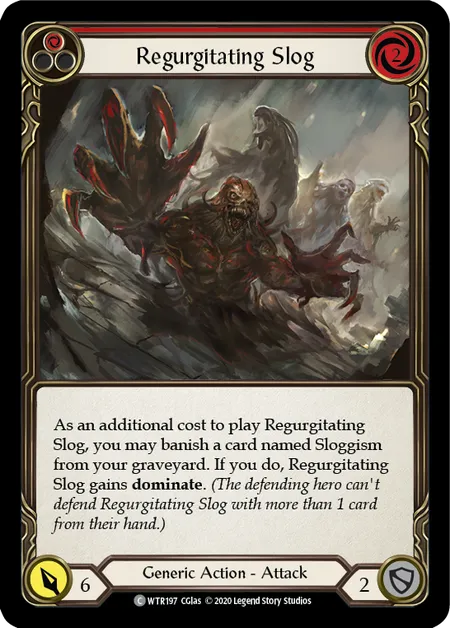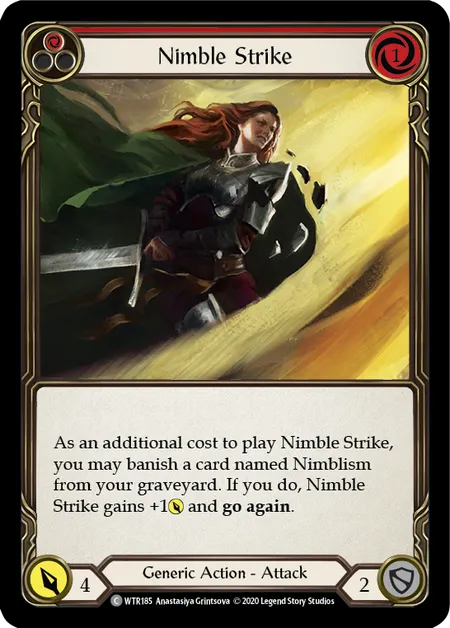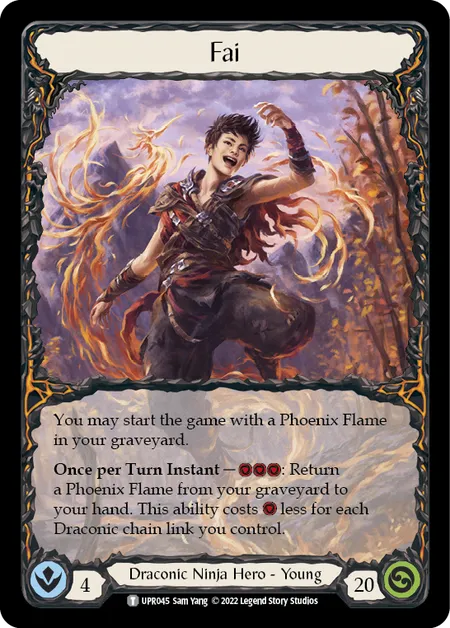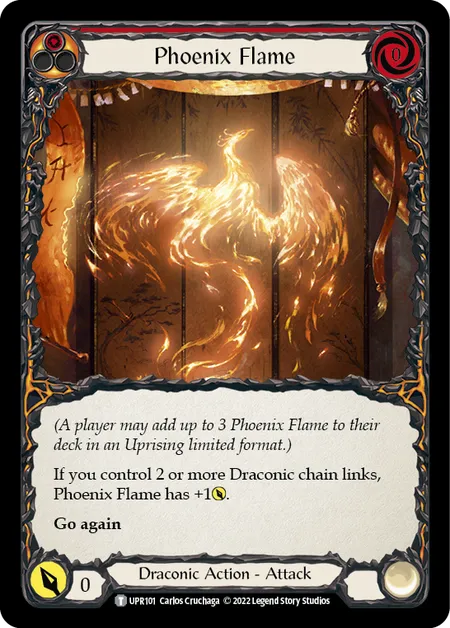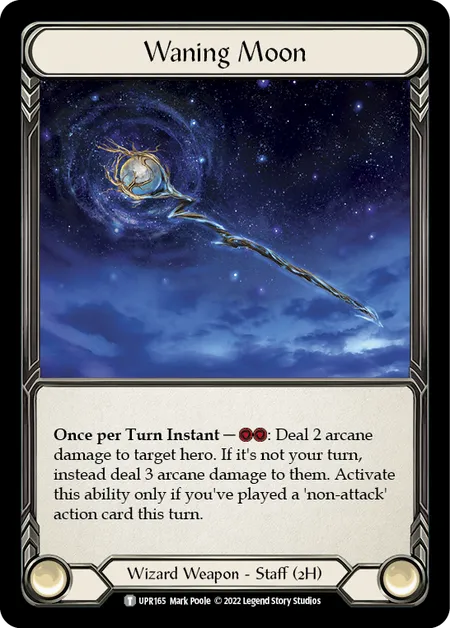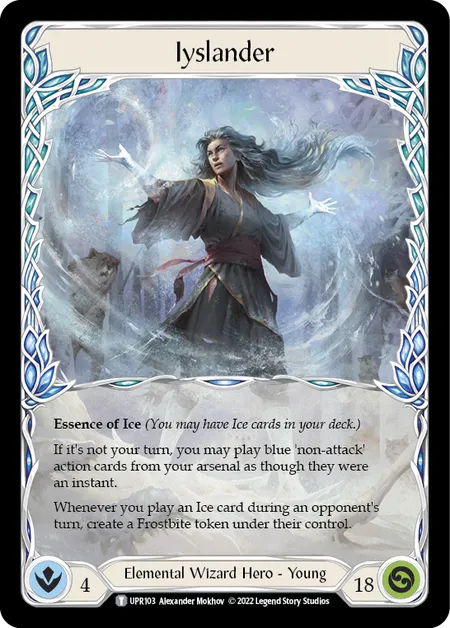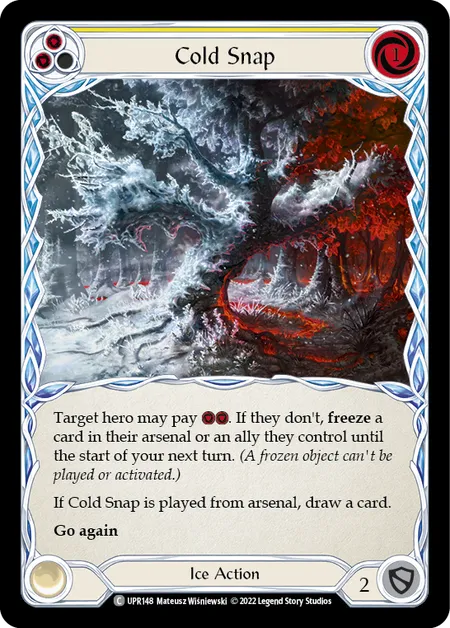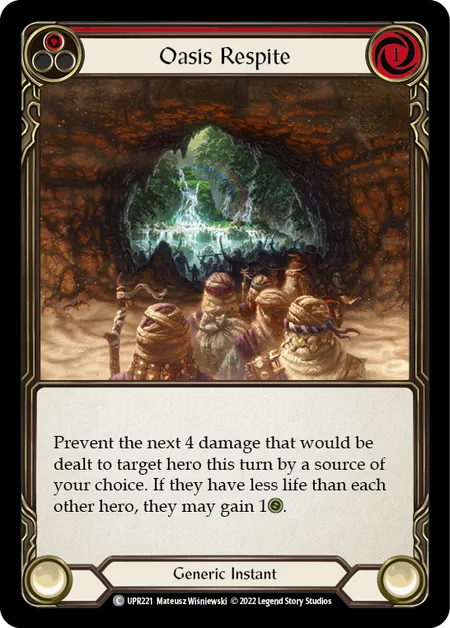We're pleased to welcome Lachlan Buchan as a guest writer for this piece on Commoner in the era of Uprising. Lachlan is a competitive Flesh and Blood player who placed in the Top 4 of the Australian National Championship in 2021. He recently returned from the Pro Tour: New Jersey and has his sights set on the upcoming National Championship after his success at ProQuest events. Lachlan has competed at a high level in TCG's for a number of years, and wants to share his learnings with the broader community through strategy content that will take your game to the next level.
Let’s talk about bulk. No, not the type you tend to do over the winter period, I'm talking about bulk commons. If you are anything like me, you have multiple stacks of common cards meticulously scattered into random piles all over your office, living room, and bedroom. Whilst I am sure your roommate or significant other love the aesthetic, if you are looking for some motivation to organize your bulk and have some fun while you're at it, look no further than Commoner.
Commoner, as the name suggests, is one of Flesh and Blood’s newest recognized formats that uses exclusively common cards in a 40-card deck. The only exception to this rule is for your hero, which can be rare, and your weapon slot, where you're allowed up to 2 rare equipment pieces. Whilst at Pro Tour New Jersey, I observed various people playing Commoner games which sparked my interest in the format. Like Blitz, you also get access to 11 sideboard slots for your equipment. Credit must go to the passionate community that helped get this off the ground and I am excited to talk about it! You can find the full rules list for Commoner here.
I also want to mention how great Commoner can be to help build your local community — common cards are a fantastic way to help teach people the game. Take the Ira welcome deck, for example. Most of this deck consists of simple common cards that teach you the basics of attacking, blocking, and each phase within a combat chain. If you have a friend that may have tried other TCGs and has an interest in Flesh and Blood, giving them a commoner deck is a great way to start their Flesh and Blood journey. The format as a whole is generally more casual, with people more willing to take risks and try out the spiciest new combo in a format where everyone is on the same playing field. Commoner also works fantastically for Ultimate Pit Fight, so have your Kavdaen lists ready if that tickles your fancy. Talk to your Local Game Store about running a Commoner Armory that suits your local community, and give the format a try. By placing restrictions on the card pool, it really allows people’s creativity and talent to shine through, and gives people who don’t have every Legendary or Majestic card a shot at those beautiful Armory promos!
What to Expect
So now that we have an event scheduled, what can we expect from our games? The first thing to remember about Commoner is that, obviously, the power level is reduced from what you would see in Classic Constructed or Blitz, so decks tend to focus more on powerful synergies rather than the raw power of an individual card. As such, the format is full of great value 2 card combinations that help drive deck consistency. Some of these combos you might be familiar with if you have experience in the Limited format and trust me, playing a Regurgitating Slog and banishing a Sloggism to give it Dominate feels as good in Commoner as it did in Welcome to Rathe Limited.
When constructing your first Commoner deck, you also need to consider the average defense value of the format. The above powerful combinations come at a cost, and that cost is only blocking for 2, so remember to ask yourself — what is the goal of your deck? Am I focusing on an aggressive strategy trying to do as much damage as possible, or am I building a slower deck that is looking to defend more and get a gradual advantage? We are lucky to have access to some of the most powerful defense reactions in the game in common, such as Sink Below, Fate Foreseen, and Unmoveable; so there is something to fit every playstyle in the format.
Things Are Heating Up!
Looking now to Uprising and what the set brings to the format, there is plenty here to digest so let’s jump in! Whenever I am evaluating a set and its impact, I normally start with the equipment, and more specifically the new weapons. These help to form the foundation of a hero's strategies, and can give you clues as to how to build a powerful synergistic deck. With the release of Uprising, we see 3 excellent new weapons in common but I am only going to touch on 2 today. Let’s start with my personal favourite, the Searing Emberblade.
What can I say, I am a sucker for a sword on fire. Combining this Draconic Ninja weapon with Fai’s ability to constantly recur Phoenix Flames from the graveyard helps bring consistency to Fai’s game plan of going wide and unleashing powerful Rupture attacks on our opponent. Let’s take what we have discussed so far and put it into action by brewing a deck that makes the best use of our new sword.
There are some really outrageous combat chains you can present to your opponent that will have them burning up. I have included an example below so you can understand the power of Fai and the go again cards in the list:
Activate Stubby Hammerers, play red Burning Cinderclaw for 4 and go again, then play red Ravenous Rabble for another 4 and go again (which is now Draconic thanks to our Burning Cinderclaw). Pitch any blue card to play red Flamecall Awakening for 4 and go again, searching your deck for a Phoenix Flame, activate Fai’s ability for free thanks to our chain link of 3, getting a Phoenix Flame from your graveyard, and playing both of the Phoenix Flames from hand for 2 each thanks to our Stubby Hammerers, introduce our new shiny sword to our opponent for 3 damage with go again into the powerful finisher of Lava Burst for 6 from your arsenal. That’s a total of 25 damage presented in a single turn!
The above line represents an incredibly fun combat chain you can string together and showcases Fai’s strategy perfectly. Not many Heroes in the game can present over 25 damage in a single turn so I think Fai is really going to spice up the Commoner format.
Chill Out
If you prefer a slower pace, another great addition to the format is in the form of Iyslander and her moon staff. Waning Moon instantly impressed me in the Limited format, helping me go to a 5-1 finish at the World Premiere in Sydney. If you have a friend who likes to say no a lot, then Iyslander may be the Hero for them. Waning Moon is a key piece for Iyslander to close out the game, while keeping your opponent on ice with Frostbite tokens. But the best part about Waning Moon is that it is a Generic Wizard weapon, meaning that our favourite Volcor lava enthusiast, Kano, has the ability to wield its power. I am very excited to see what the Commoner community comes up with for both spell-slinging heroes in the coming weeks. Iyslander may take a bit to get used to, but once you get in the rhythm of her play pattern, she can be very rewarding.
Something for Everyone
It’s not just the Uprising heroes that we need to look at; there are a few common cards that have caught my eye that I think will have a big impact on the format. First up is the common Quell equipment. From my Limited experience with Uprising so far, I have found the Quell equipment to be some of the most useful. The fact that every hero now gets access to these is a game-changer, and could be the missing piece your hero needs to take them to victory. We also saw a bunch of new generic Ice cards in the set, and the one that has me most excited at common is Coldsnap. With both Lexi and Oldhim, I think this card gives you incredible utility to restrict your opponent's turn. Specifically, with Lexi, the idea of activating her hero ability to give your opponent a Frostbite and then freezing their arsenal is a level of control most decks will be jealous of! The final card I will leave you with for today is Oasis Respite. This card has thoroughly impressed me in Limited, and I have a feeling it will open up a variety of options for heroes that need extra defensive capabilities.
That’s all I have for you today; I can’t wait to get my hands on some Uprising, and continue to brew decks and explore everything this set has to offer. What fun new lines can you find with Fai? How could you improve on the sample list above? Did I miss any amazing commons that you are excited to brew with? Let me know over on Twitter under the handle @blazing_takes. Until next time!
Lachlan Buchan is a competitive Flesh and Blood player and author of content relating to gameplay and strategy. The opinions expressed in the above article are his own and do not necessarily reflect the views of Legend Story Studios.
